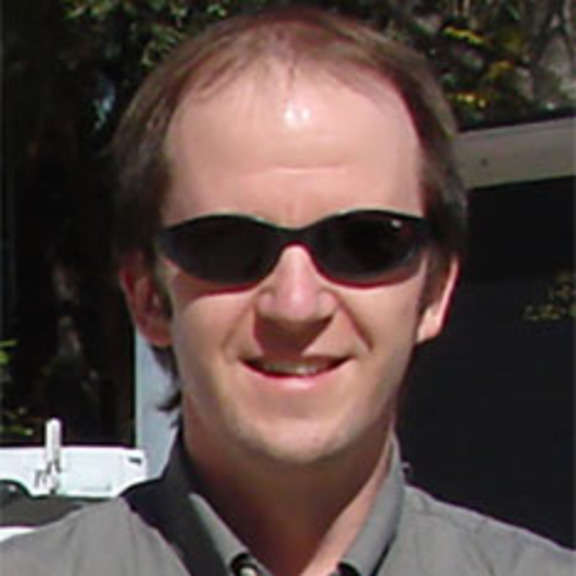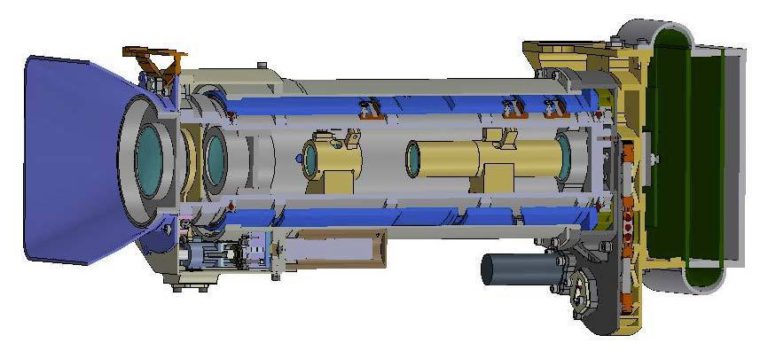Planetary Radio • Sep 01, 2015
Zooming In On Mars With Mastcam-Z
On This Episode

Jim Bell
Past President (2008-2020), Board of Directors of The Planetary Society; Professor, School of Earth and Space Exploration, Arizona State University; Principal Investigator, NASA Perseverance rover Mastcam-Z instruments

Justin Maki
Imaging Scientist and Instrument Systems Engineer for Jet Propulsion Laboratory
Our reporting from the 2nd Mars 2020 Rover Landing Site Selection Workshop continues as we talk with Jim Bell and Justin Maki, leaders of the development team for the most advanced camera ever planned for the surface of Mars. Emily Lakdawalla shares jaw-dropping visualizations of Pluto created from New Horizons images by “amateurs.” Bill Nye agrees with astronaut Jeremy Hansen: Mars is a crappy place to live. Bruce Betts and Mat Kaplan share more night sky wonder and a space trivia contest.

Related Links:
- Mastcam-Z for the Mars 2020 Rover
- The Mars 2020 Rover
- 2nd Landing Site Workshop for the Mars 2020 Mars Rover Mission
- Three Space Fan Visualizations of New Horizons' Pluto-Charon Flyby
This week's prizes are a fabulous Planetary Radio t-shirt and a 200-point account for use of the global network of iTelescope.net telescopes!
This week's question:
What moon in our solar system is closest in size to Earth’s moon (besides Earth’s moon)?
To submit your answer:
Complete the contest entry form at http://planetary.org/radiocontest or write to us at [email protected] no later than Tuesday, September 8th at 8am Pacific Time. Be sure to include your name and mailing address.
Last week's question:
What Mars lander or landers were imaged under their parachutes by orbiters as they descended to the surface?
Answer:
The answer will be revealed next week.
Question from the week before:
How many hexagonal segments will make up the primary mirror of the James Webb Space Telescope?
Answer:
The James Webb Space Telescope will consist of 18 thin mirror segments.


 Explore Worlds
Explore Worlds Find Life
Find Life Defend Earth
Defend Earth



